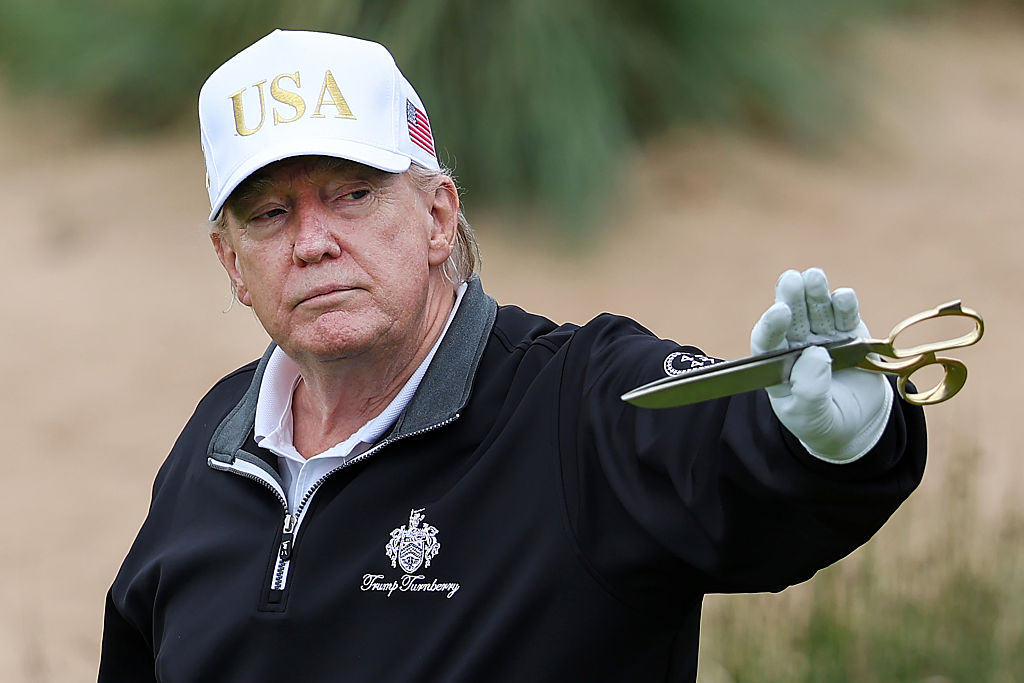The Economic Consequences of Mr. Trump: Understanding the Impact of Tariffs on Global Trade
In his provocative new book, The Economic Consequences of Mr. Trump: What the Trade War Means for the World, Philip Coggan dives into the complexities surrounding the Trump administration’s approach to trade, particularly its use of tariffs. His insights challenge the prevailing assumptions that Trump’s threats are mere bluffs, suggesting they pose a serious risk to both the United States and the broader global economy.
Tariffs as a Serious Threat
Coggan argues that many investors, buoyed by the market’s rebound from initial drops in April, may be overly optimistic about Trump’s commitment to imposing tariffs. This complacency, he warns, could inadvertently escalate tensions, as it may leave Trump feeling less pressured to negotiate concessions from other nations. The muted market reactions could lead him to dismiss the impact tariffs could have on economic stability.
Trump’s Economic Understanding and Aims
To decipher Trump’s actions, Coggan compares it to “nailing jelly to the wall.” He posits that Trump fundamentally misunderstands economics, interpreting America’s trade deficit as a loss rather than a complex issue involving global trade dynamics. Trump seems to believe that rejuvenating the manufacturing sector is key to gaining public support, a sentiment rooted in outdated mercantilist ideas.
Global Responses to Tariffs
Coggan highlights the varied responses from global powers like China, the UK, the EU, and Japan to Trump’s tariff threats. China, with its substantial production capacity and critical resources, has shown a willingness to retaliate, potentially inflicting significant economic pain on the U.S. The UK, in contrast, is in a weaker position, reliant on U.S. support, leading to a more conciliatory stance.
The EU faces challenges of its own, being comprised of 27 countries, each needing to agree on a collective response. This fragmentation makes it harder to implement a unified tariff strategy against the U.S. Japan navigates a distinct set of complications, often finding Trump’s demands nonsensical. They have tailored their negotiations to protect key industries while facing substantial tariffs themselves.
Investor Complacency: Triggers for Concern
Coggan asserts that investor complacency may continue until tangible consequences arise. The August deadline set by Trump for concessions marks a potential inflection point. Should tariffs be enacted as planned, the implications for the market could be severe, especially if Trump expands his tariff strategy to include prescription drugs, which many observers believe are next on the chopping block.
Differentiating Losers: Who Suffers Most?
The impact of tariffs does not distribute evenly. Coggan identifies large multinational corporations as the primary victims, especially those who rely on global supply chains. Companies needing imported raw materials will see increased costs, which could ultimately harm their profitability.
When viewing the global landscape, emerging markets—particularly those in Southeast Asia that supply low-cost goods—are poised to suffer significant setbacks. Countries like Vietnam and Cambodia, which have greatly benefited from trade with the U.S., may struggle to pivot toward new markets.
The EU and Its Economic Growth
The EU is also facing economic ramifications, with a potential reduction in GDP growth by at least 1%. Given its already sluggish economic recovery, this could be detrimental. As the bloc grapples with tariffs, the impact could hinder its capacity for robust growth, further complicating an already tense economic climate.
Recession Risks and Investment Slowdowns
While Coggan does not foresee an immediate global recession stemming from Trump’s policies, he acknowledges that the long-term effects of tariffs may stifle investment. Companies are already reeling from uncertainty, delaying or pausing international investments as they await clearer tariff landscapes. This stagnation in global economic efficiency could have cascading effects, leading to slower growth over time.
A Legacy of Protectionism: Future Implications
As we consider Trump’s economic legacy, it becomes apparent that his tariffs may outlast his presidency. The current political landscape comprises a polarized approach toward trade, with both parties leaning more toward protectionism than in previous years. Although some return to a more traditional trade approach may be expected under a new administration, Coggan argues that partisan divisions will likely keep the protectionist spirit alive.
Beyond Tariffs: Broader Concerns for the U.S. Economy
Coggan warns that tariffs are not the sole threat to the U.S. economy. The fiscal measures enacted under Trump, including tax cuts and increased spending, could destabilize the financial foundation, potentially weakening the dollar over time. His approach to academic funding and research may also undermine long-term economic innovation, threatening the very aspects that have propelled the U.S. to the forefront of global leadership.
Global Free Trade Post-Trump
In a hopeful note, Coggan muses about the possibility of other nations stepping up to champion global free trade in the face of U.S. protectionism. Despite the current U.S. withdrawal from its traditionally leadership role in trade, countries around the world are still negotiating agreements that uphold free trade principles. The recently progressing trade talks between the EU and Latin America’s Mercosur signify a positive shift.
While the challenges posed by Trump’s tariffs may be stark, the opportunity remains for alternative leaders to rise and promote the interconnectedness that has defined global trade for decades. The coming years will test the resilience of these efforts.

